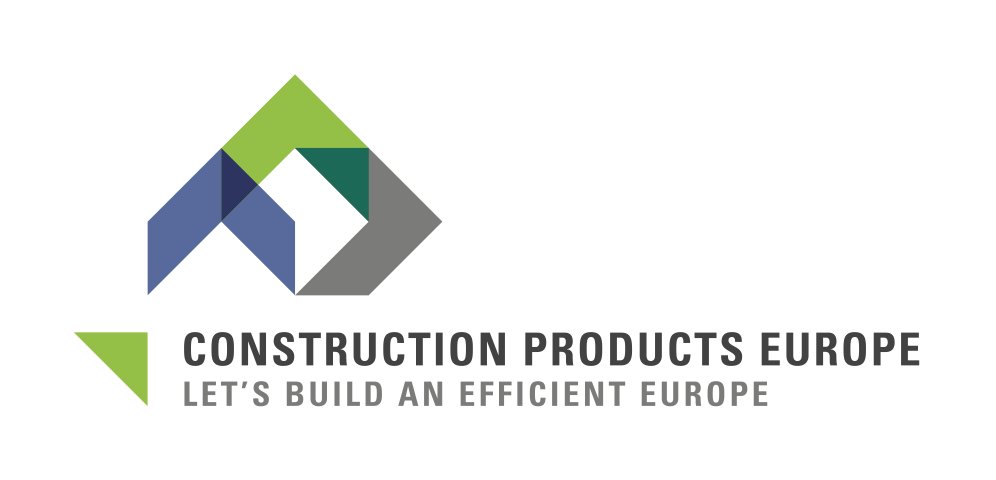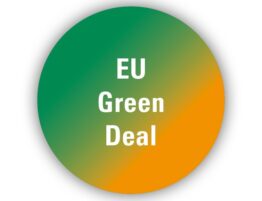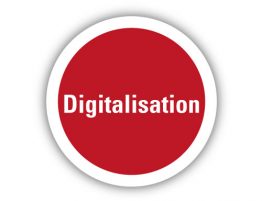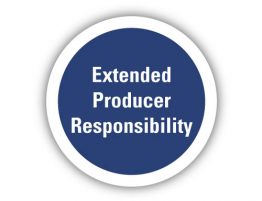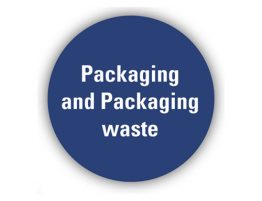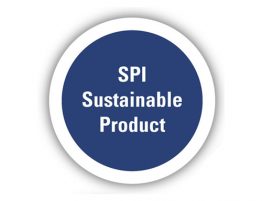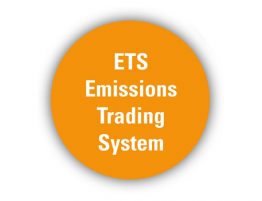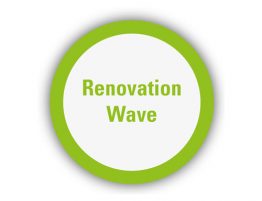Circular economy action plan COM(2020) 98 final
EC has presented a lot of initiatives dealing with circular economy. Initially the focus was on resource extraction and waste, but the topic was enhanced progressively to cover dangerous substances, resource efficiency and lastly a complete action plan dealing with the goals of the Green Deal.
The last action plan on this topic address construction with the following actions:
- Address the sustainability of construction products through the Construction Product Regulation revision, potentially including introduction of recycled content requirements
- Promote the durability and adaptability of buildings and develop digital building logbooks.
- Use Level(s) to integrate life cycle assessment in public procurement and the Sustainable finance taxonomy and exploring the appropriateness of setting of carbon reduction targets and the potential of carbon storage.
- Consider a revision of material recovery targets for construction and demolition waste.
- Increase the use of excavated soils.
- Launch the Renovation Wave to significantly improve energy efficiency.
- Widen the Ecodesign Directive which would become the Sustainable Product Initiative.
When it comes to construction, the EC indicated that they will address high impact intermediary products such as steel, cement and chemicals. Other product groups will be identified based on their environmental impact and circularity potential.
The “toxic-free environment” concept was explained and linked to the Chemicals Strategy for Sustainability. This strategy will address the interface between chemicals, products and waste legislation and the implementation of the reporting action regulated in the Waste Framework Directive (SCIP database).
A fit for all approach to circularity will not work in construction
due to the diversity of materials and the longer loops in service life time
The crucial point of the circular economy action plan is the reintegration of resources in the global European material cycles. This approach may not be easily implemented in construction because construction life span is very long. Therefore, design related actions will only provide results in the long term and material recovery needs to consider current market and the demolition of the existing construction which was built several years ago.
Environmental Product Declarations according to EN 15804 provide reliable and detailed information as regards circularity but it is not enough to promote circular design because issues such as legacy substances or availability of secondary materials may slow down circularity. Actions such as the EU Construction and Demolition Waste Package are required to progress in the waste hierarchy, promoting reuse, repair and recycling of existing materials.
In all cases, the building block of a more circular business is information and the Construction Products Regulation proved to be the best tool to address it in the complex European market and EU chemical legislation is able to complement the necessary inputs for certain products (certain substances and admixtures).
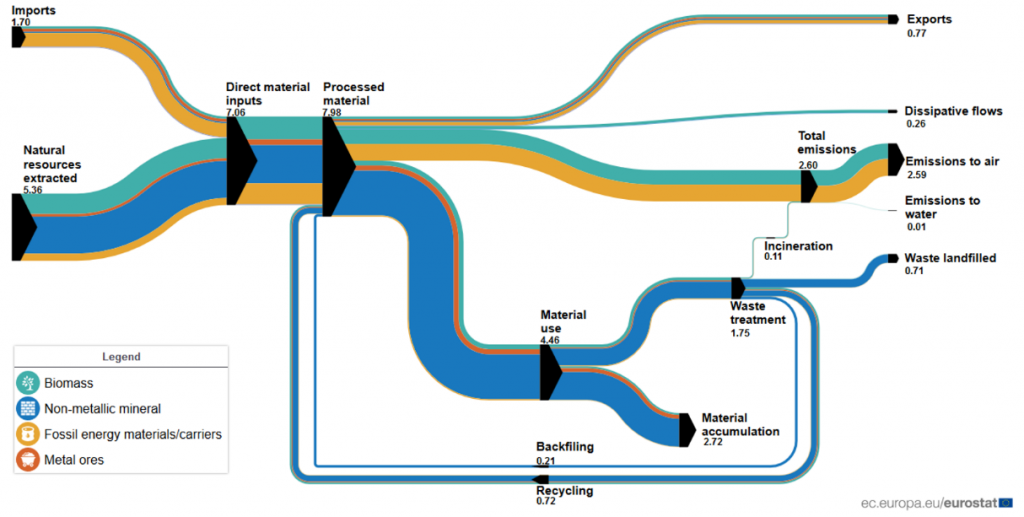
Sankey diagram of material flows, European Union 2017 – Source Eurostat
